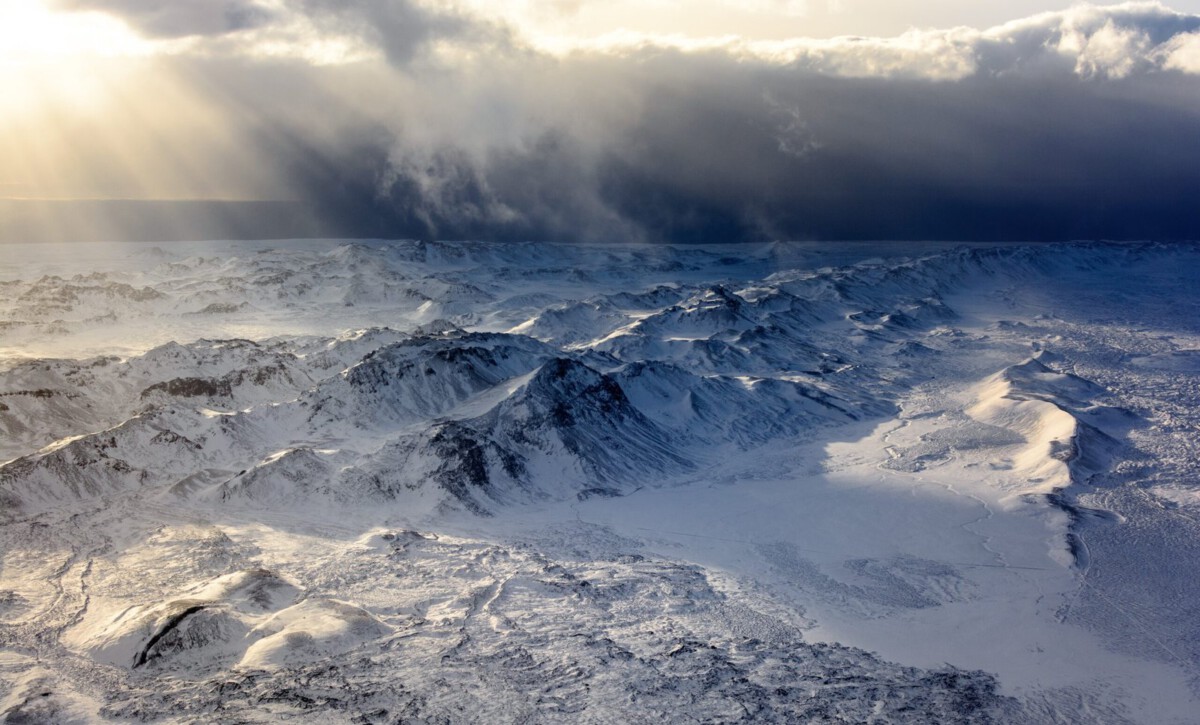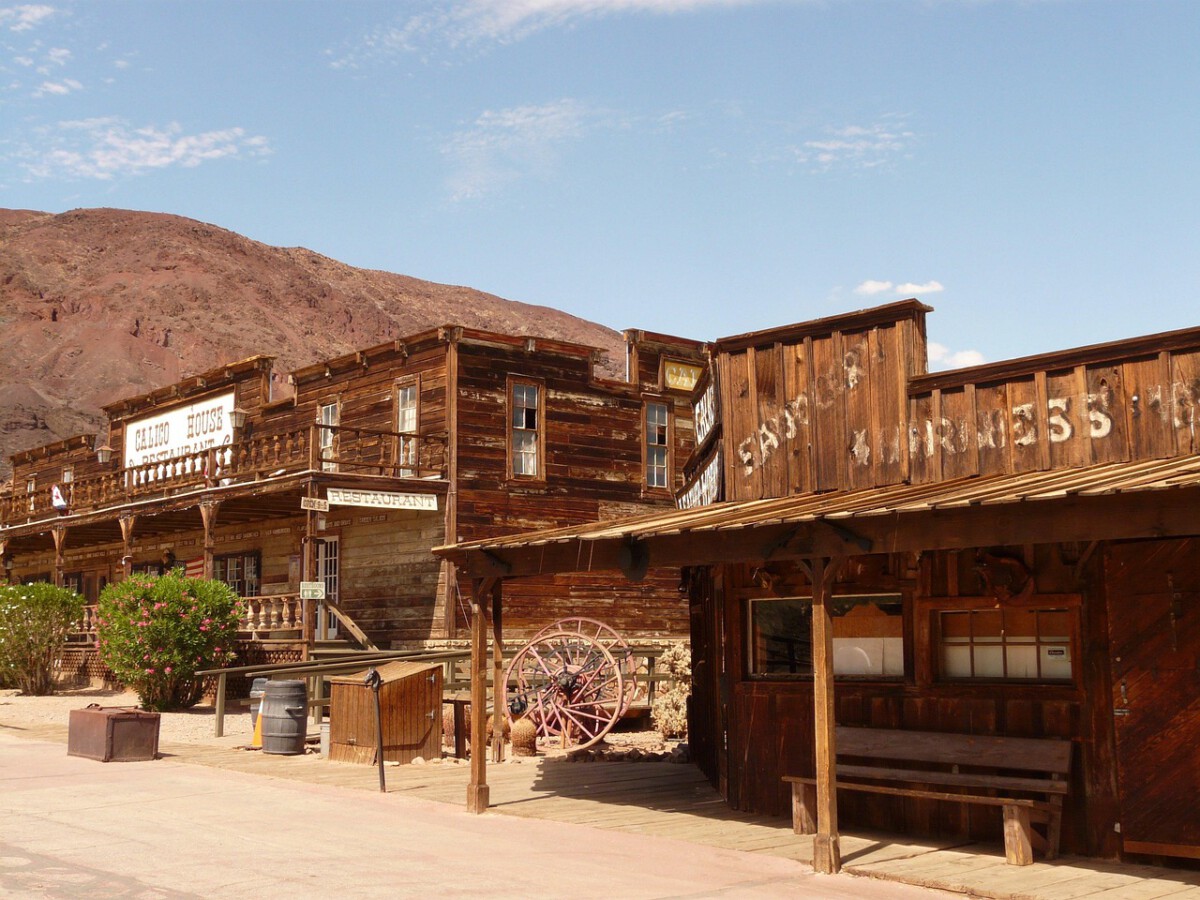Imagine stepping off a plane, breathing in the crisp mountain air, or gazing out over turquoise seas—only to realize these moments might soon disappear forever. Around the globe, treasured destinations are shutting their doors to travelers, not out of spite, but out of desperation. Fragile ecosystems, ancient cities, and pristine islands have reached a breaking point. The era of “see it before it’s gone” is here, and these ten countries are sending a clear signal: love it, or lose it.
Bhutan The Land That Measures Happiness

Bhutan isn’t just a country; it feels like a secret garden nestled in the Himalayas. The air smells like pine and incense, and prayer flags flutter across misty valleys. But this happiness-focused kingdom has never been easy to visit. Now, the government is considering even stricter limits, worried that an influx of outsiders could wash away centuries of tradition. **A steep daily tourist fee already keeps crowds at bay**, but talk of quotas and seasonal closures is making would-be visitors nervous. If you dream of seeing Bhutan’s cliff-hugging Tiger’s Nest Monastery, the time to act is now. Locals cherish their culture deeply, and you’ll notice how every guest is expected to respect customs, from temple attire to hushed voices in sacred spaces. Visit in spring for rhododendron blooms, or autumn for dazzling festivals—but keep in mind, this chance could vanish soon.
Venice Italy Sinking Under Its Own Beauty

Venice is pure magic—gondolas gliding by, the echo of footsteps on cobblestones, the scent of espresso drifting from ancient cafes. Yet, the beauty comes with a curse: **overtourism is suffocating the city**. On summer afternoons, the narrow lanes feel like a human river, and locals grow frustrated as their home transforms into a theme park. Officials have already started charging a daily entrance fee and banning large cruise ships, but now, a total ban on day-trippers is on the table. Imagine booking your visit months in advance, with only a handful of golden tickets up for grabs. If you’re set on seeing Venice’s pastel palazzi and misty canals, go in winter, when fog curls along the water and crowds thin out. Remember, quiet respect is the local custom—don’t picnic on church steps or swim in the canals.
Iceland Nature On the Edge

Iceland is like stepping onto another planet—black sand beaches, steaming hot springs, waterfalls roaring out of nowhere. The air crackles with cold and the tang of volcanic soil. However, the island’s delicate beauty is under siege; tourists tramp across mossy lava fields, and Instagram fame has turned hidden spots into hotspots overnight. **The government is debating new rules, from closing hiking trails to capping visitor numbers at famous sites like the Golden Circle**. If you go, tread lightly. Rent a car and explore lesser-known villages or travel in the shoulder seasons of May or September. Always stay on marked paths—locals are passionate about protecting their wild home, and fines for off-roading are steep. Bring layers; the weather flips in an instant.
Thailand Paradise With Limits

Thailand is a sensory explosion—sizzling street food, neon-lit night markets, and the scent of frangipani in the air. Yet, parts of the country feel overrun. Islands like Maya Bay, made famous by “The Beach,” have closed and reopened with strict visitor caps, while cities like Chiang Mai are debating bans on tourist-heavy festivals. **Officials worry too many outsiders are eroding traditions and putting pressure on local resources**. If you crave authentic Thai hospitality, try smaller towns or northern regions like Nan, where mountains roll into the mist. Always dress modestly at temples, and learn a few polite phrases—“khop khun ka” (thank you) goes a long way. Songkran (Thai New Year) is a wild and wonderful time, but get ready for water fights and citywide celebrations.
Galápagos Islands Nature’s Living Museum

The Galápagos is a dream for nature lovers—blue-footed boobies, giant tortoises, and marine iguanas lounging like prehistoric statues. The islands feel untouched, as if time paused millions of years ago. But this fragile ecosystem is teetering on the edge. **Authorities have started limiting visitor numbers and are considering even tighter restrictions**. Only certain licensed boats can land on most islands, and you’ll need a certified guide at all times. Plan your trip up to a year ahead and avoid cruise ships; opt for small, locally-run tours instead. The rules are strict—no touching wildlife, no souvenirs from the beach, and always disinfect your shoes. The best months to go? June to December, when wildlife activity peaks and the seas calm.
Machu Picchu Peru Gateway to the Clouds

Machu Picchu rises from the mist like a lost city in a fairy tale. Llamas graze between stone terraces, and the air smells fresh, tinged with eucalyptus. But the path to this ancient wonder is in danger of closing. **Over 1.5 million visitors a year have left trails eroded and stones worn smooth**. The Peruvian government is considering banning solo hikes and limiting daily visitors even further. If you want to stand at the Sun Gate as dawn breaks, book months in advance and go during the quieter rainy season (November to March). Always stick to the marked trails and listen to your guide—locals are fiercely proud of their Inca heritage and expect visitors to tread respectfully.
Bali Indonesia Beauty With a Breaking Point

Bali’s surf beaches, terraced rice paddies, and incense-filled temples draw millions—sometimes, too many. The island pulses with energy, but pollution, water shortages, and unruly tourist behavior have locals calling for change. **There’s talk of banning certain activities, like short-term scooter rentals and unlicensed guesthouses**. If you visit, pick eco-friendly hotels and avoid plastic wherever possible. The best time to go is during Nyepi, the Day of Silence, when the entire island shuts down for a spiritual reset. Don’t expect to party—locals take their traditions seriously, and so should you. Visit early morning markets for a true taste of Bali, and greet everyone with a smile and a soft “Om Swastiastu.”
The Maldives Paradise at Risk

The Maldives is postcard-perfect—overwater bungalows, salt-sweet breezes, and dazzling blue waters stretching to the horizon. But all is not well in paradise. **Rising sea levels threaten to swallow the islands, and the government is mulling over bans to protect the most fragile atolls**. Some islands have already closed to visitors completely to recover from environmental damage. If you go, choose resorts with a strong eco-commitment: solar panels, coral restoration, and zero-plastic policies are the gold standard. The dry season (November to April) brings the best weather, but remember—every drop of sunscreen and every plastic bottle matters here. Respect local customs: swimwear is fine on resort islands, but cover up in villages.
Australia The Fight to Save the Great Barrier Reef

Australia’s Great Barrier Reef is a riot of color—corals glowing neon, fish flitting like living jewels, and the distant rumble of waves on the outer reef. But climate change and mass tourism have left scars you can’t unsee. **Parts of the reef are now off-limits, and more closures are being considered to let the coral heal**. If you’re lucky enough to visit, go with a certified eco-operator and skip the sunscreen (even “reef safe” brands can harm coral). The reef is best in June to October, but always listen to guides—they know where wildlife is thriving and where the sea is sick. Indigenous custodians ask visitors to respect sacred sites and leave everything as they found it.
Antarctica The Last Untouched Wilderness

Antarctica feels like another world—endless ice, blinding sunlight, and the silence broken only by cracking glaciers and squawking penguins. This is the one place where humans truly don’t belong, and that’s exactly why governments may soon pull up the drawbridge entirely. **Strict quotas already keep tourist numbers low, but rising pollution and climate threats mean a total ban is under serious discussion**. If you’re dreaming of standing at the bottom of the world, you’ll need to plan with precision, joining a regulated expedition between November and March. Every visitor is briefed on rules—no food or litter, no touching wildlife, and always disinfect boots before landing. The cold will bite your cheeks, but the awe will stay with you forever.







